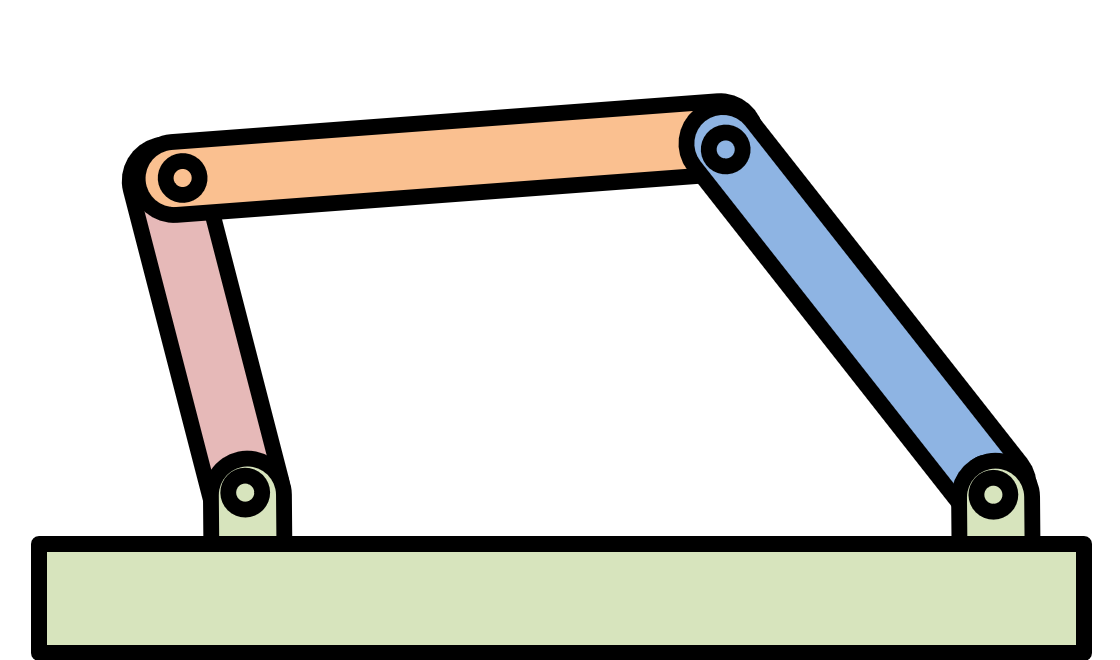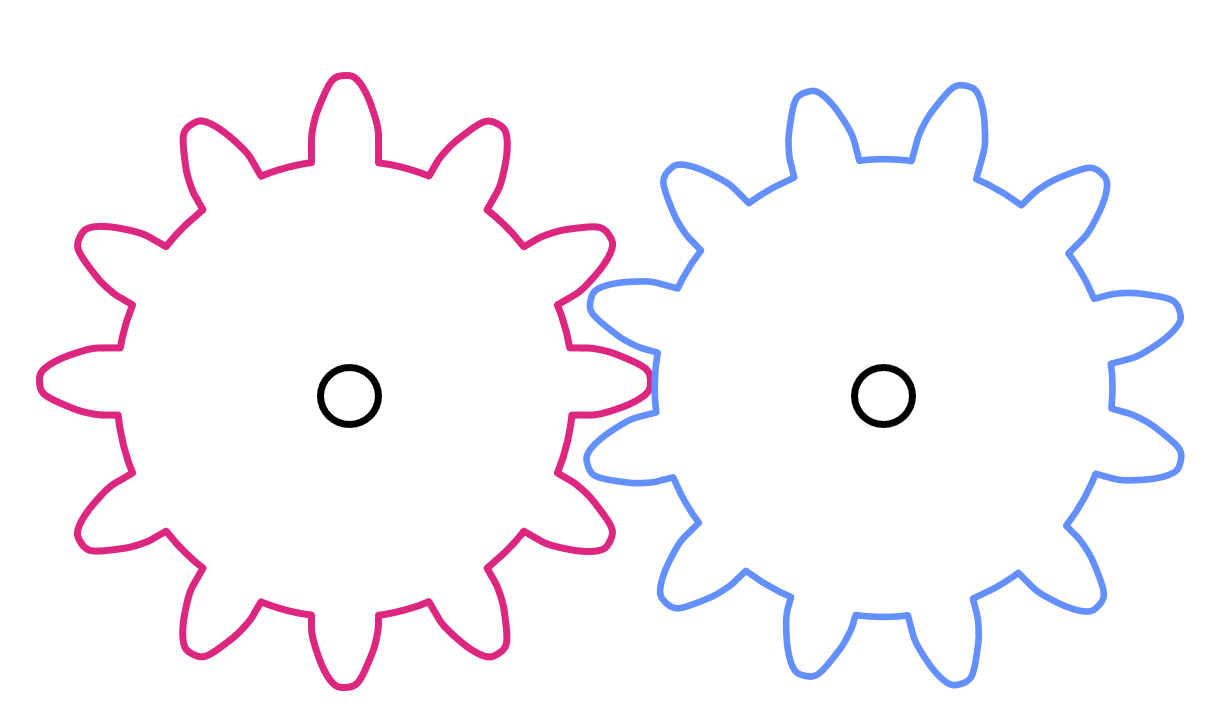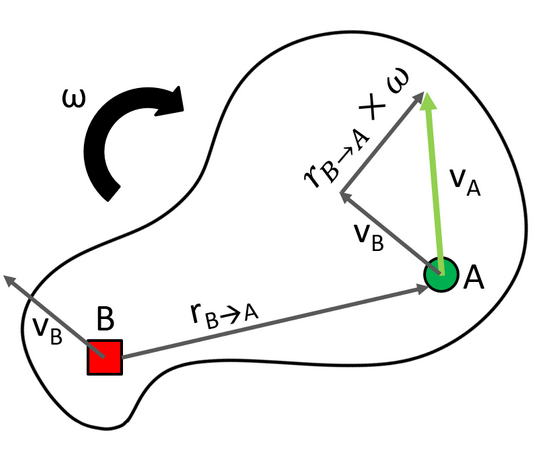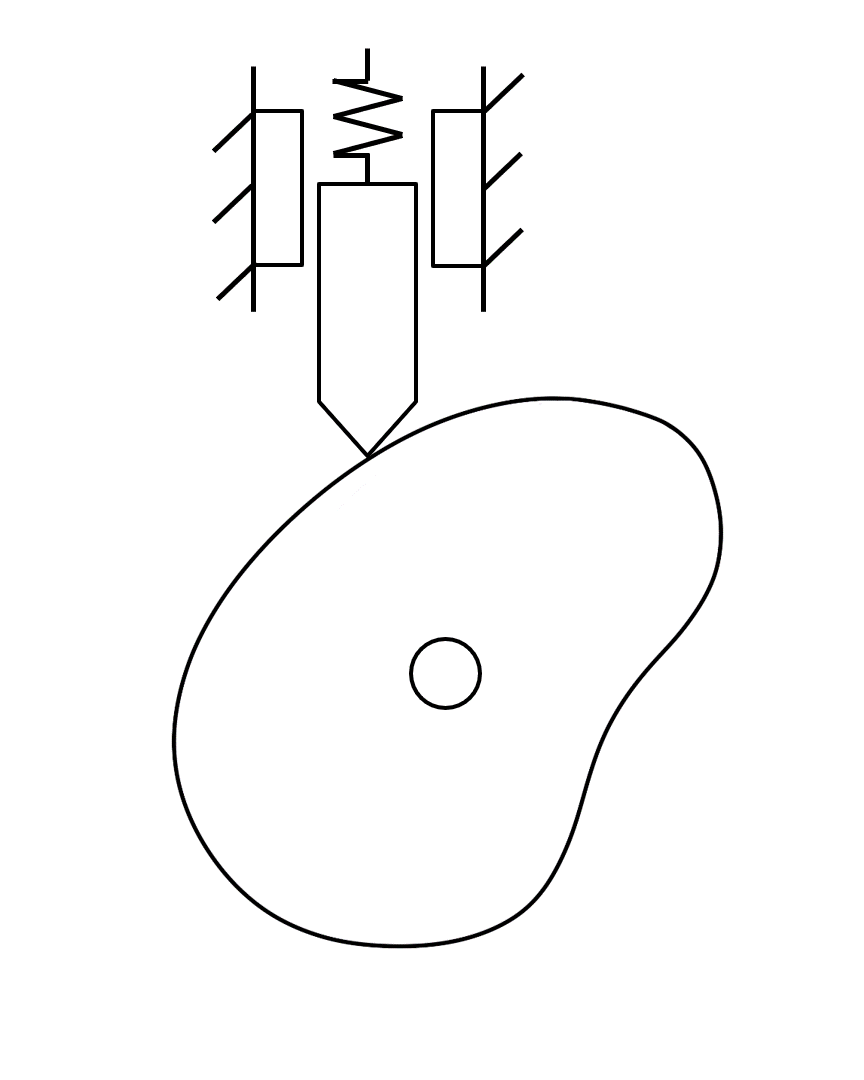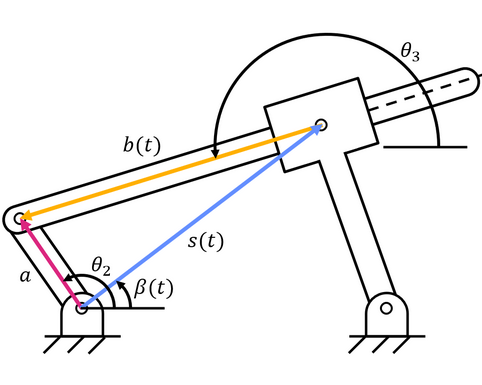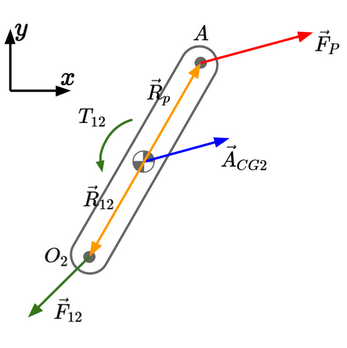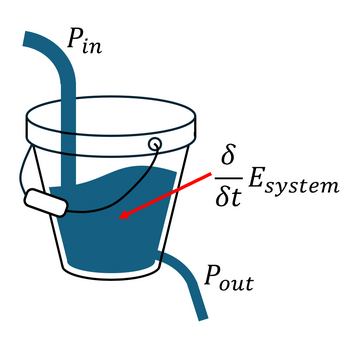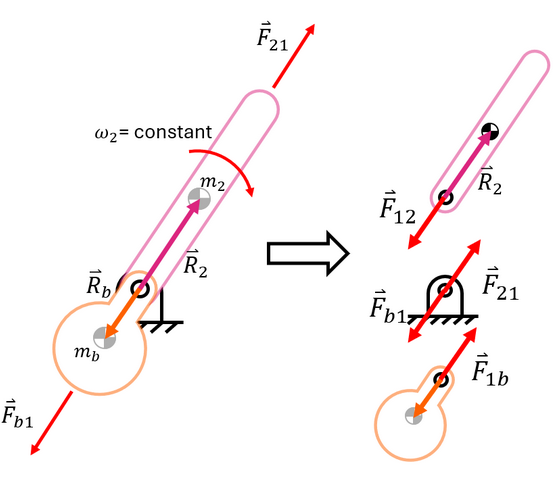Mechanism design
Mechanism Design focuses on the process of utilizing mathematical tools and models to analyze and predict the behavior of mechanisms. To do this, this page builds off of a large number of the concepts that are first explored in Dynamics. Of particular interest are:
- Rigid Body Kinematics which will be utilized in the analysis of Planar Mechanisms and Gears.
- Rigid Body Kinetics will be useful for the study of Instant Centers (IC), Position Velocity Acceleration (PVA) and Dynamic Force Analysis (DFA).
- Work and Energy will be utilized in the study of Virtual Work.
These reference pages will examine a wide range of concepts relating to mechanism design.
- Planar Mechanisms will introduce several types of mechanisms, and introduce how we can analyze them
- Gears Gives a brief introduction to gear types, their uses, as well as key equations for utilizing gear systems
- Graphical Linkage Synthesis will explore procedures for creating mechanims that move along user specified paths, or between user specified locations
- Instant Centers examines what an instant center is, how they can be identified, and how instant centers can be used to find force and velocity ratios in mechanisms
- Cams focuses on the different classifications of cams, as well as the steps required to design a cam profile according to the fundamental law of cam design
- Position Velocity Acceleration demonstrates a method for computing the positon, velocity, and acceleration of a mechanism
- Dynamic Force Analysis examines a method to compute the forces and torques on each part of a mechanism
- Virtual Work examines an easier method to compute external forces and torques if the internal forces are unimportant
- Balancing investigates the loads on rotating machinery as well as methods for minimizing them
Faculty Authors:
Student Authors:
-
Sophia Litauszki
-
Allan Zhu
